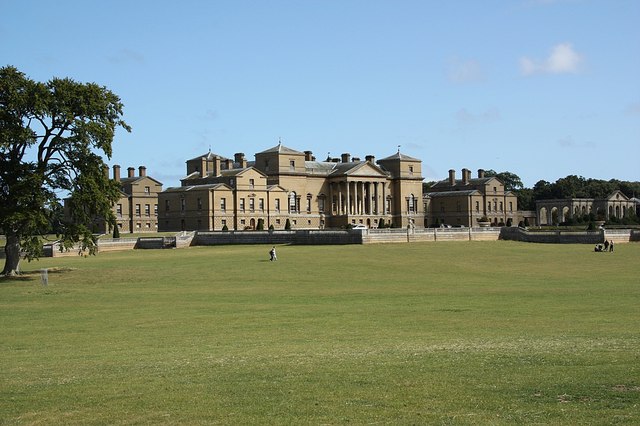The Early Georgian style, during the reign of George I, saw the revival of Palladianism in England. Later, it became popular throughout Europe.
Holkham Hall, by William Kent, Palladian style, 1734, Norfolk, Eng.
Image source: https://search.creativecommons.org/photos/cfebb0c9-a73f-47ec-8e2d-2db9e4100d62 by Richard Croft
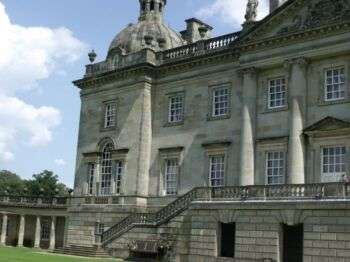
Image source: https://search.creativecommons.org/photos/6a2d5eb0-03a4-4970-8cd1-5b32d516a216 by ell brown
Origins of Georgian Style
Georgian style is divided into three distinct periods: The Palladian, early, and late Georgian periods. While the style was to be seen as a reaction to Baroque which George I loathed, the three phases of Georgian were a continuation of the previous style period. Throughout the century, the style became lighter and lighter and dealt with colors and decorations, which eventually became a regency style.
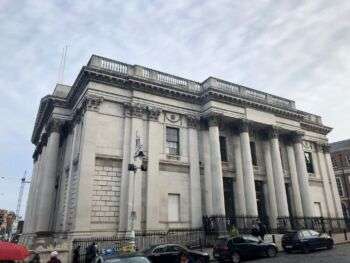
Image source: https://search.creativecommons.org/photos/8b59463f-4545-409e-bb14-ef39e30568b9 by w_lemay
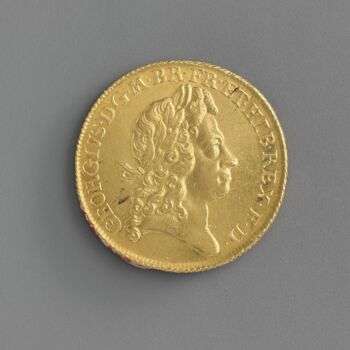
Early Georgian Influences
The Georgian style was highly influenced by “Grand Tours,” which made the followed the classicism of architecture and design. Often, the British calmly used these motifs. The excesses of the Baroque style created a distaste for over-decoration. Four books talked about the simplicity and purity of classical architecture. These were:
- Vitruvius Britannicus by Colen Campbell
- Palladio‘s Four Books of Architecture
- Leone Battista Alberti‘s, De Re Aedificatoria
- The Designs of Inigo Jones
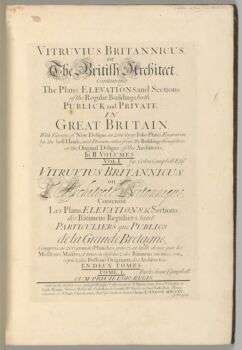
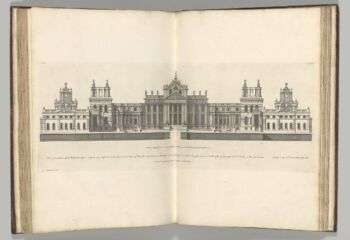
The publication of these books coincided with the adoption of classicism, as the models of this period were no longer Italian Renaissance buildings, but those of Classical Greece and Rome. A political element played a key role in this change of design: Baroque was associated with the Counter-Reformation and the Hanoverians, while the king’s family were a firmly Protestant dynasty.
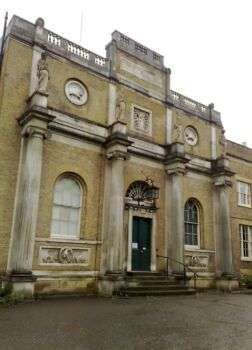
Image source: https://search.creativecommons.org/photos/439bfe83-a29e-4992-b792-d57d49762fb3 by markhillary
Early Georgian Style Characteristics
Palladianism was a key influence on the early Georgian style, as there was a proportion-based Palladian school of design that strongly influenced British architecture. It was rich, graceful and employed Roman temples facades and pillars. Georgian buildings have the following:
- symmetry and regularity of detail
- massive pediments
- masks, and sphinxes
- colonnades inspired by ancient Greek and Roman temples
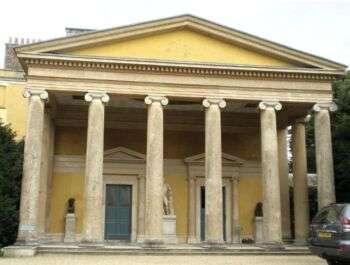
Image source: https://search.creativecommons.org/photos/46d32e9e-435a-41f8-aa71-4f7cceea76b1 by amandabhslater
Lord Burlington’s Contribution
Richard Boyle was one of the most important figures in 18th century English art. However, his name is not mentioned in books of art and his paintings are not preserved in the National Gallery. He created the fine villa above for himself at Chiswick in 1729, and he was the leader of the Palladianism revival movement. This house, created after Palladio’s Villa Capra, has 16th century ornaments.
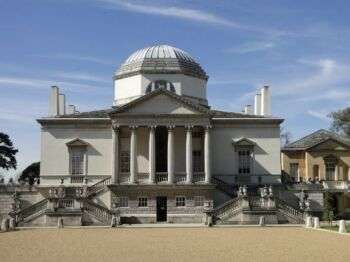
Image source: https://search.creativecommons.org/photos/1c71e58d-4c37-47c1-9360-c16d6ddd6cbf by Maxwell Hamilton
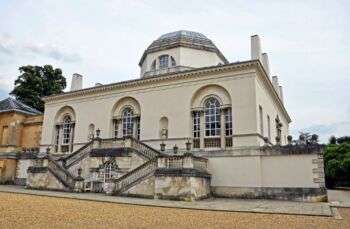
Image source: https://search.creativecommons.org/photos/6b91eaff-fba8-42c1-a1a9-ad76f5677e2c by It’s No Game
Colen Campbell
Due to his book, Vitruvius Britannicus, Colen Campbell became the architect for banker Henry Hoare I’s Stourhead house, a masterpiece that inspired several similar mansions across England.
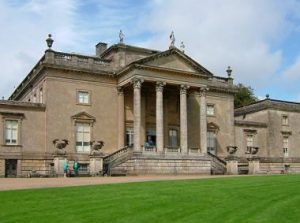
Image source: https://it.wikipedia.org/wiki/File:Stourhead_House_-_geograph.org.uk_-_31721.jpg
Info source: https://www.britannica.com/art/Georgian-style
